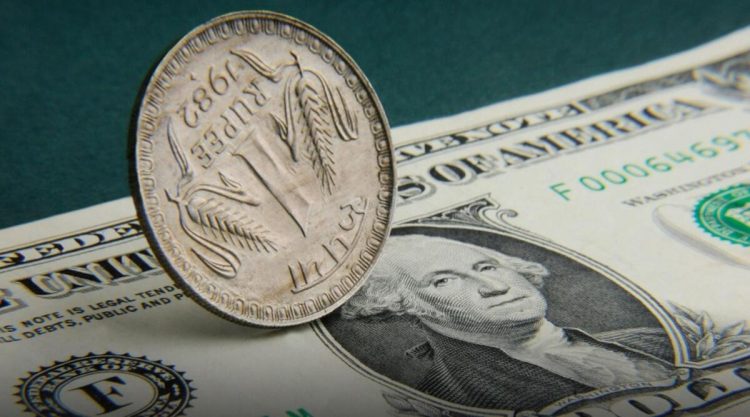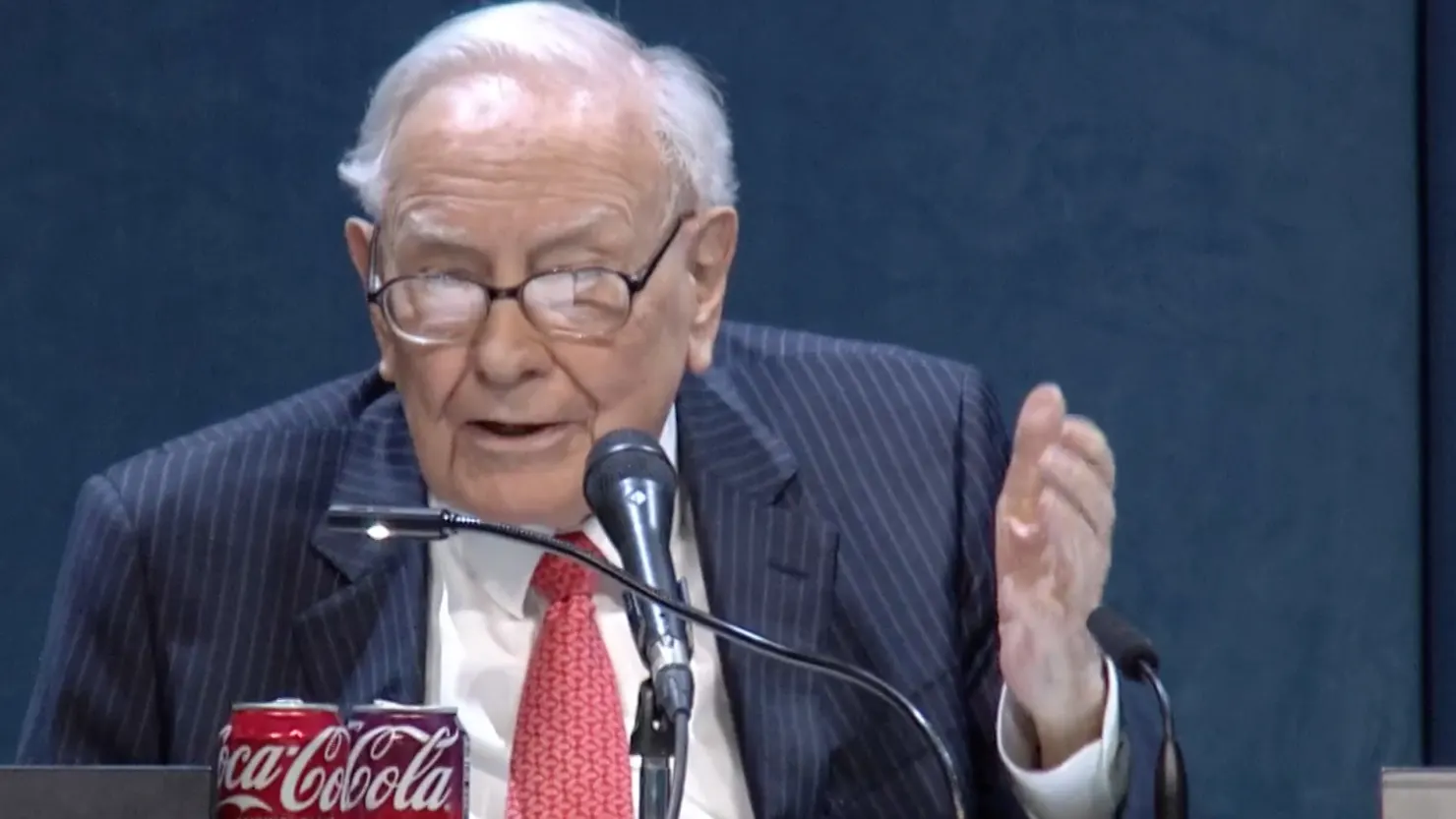Publisher: Maaal International Media Company
License: 465734
Indian rupee jumps, most other Asian FX muted ahead of Fed minutes
The Indian rupee gained half a percent on Wednesday, buoyed by dollar inflows after a long holiday weekend, while most other Asian currencies struggled for momentum as investors awaited U.S. Federal Reserve minutes to get a sense of its rate stance, Reuters reported.
The Philippine peso PHP= traded in negative territory for most parts of the session before ticking higher as markets priced in chances of a 50-basis-point rate hike by the Bangko Sentral ng Pilipinas (BSP) on Thursday.
A Reuters poll showed the BSP was expected to follow its July surprise rate hike with a half-point rise on Thursday and another quarter-point hike next month to catch up with its peers in containing soaring inflation, which is hovering near a four-year high.
اقرأ المزيد
BSP Governor Felipe Medalla said on Wednesday the central bank was “ready to take the necessary policy actions” to combat inflation, and that current policy settings remained supportive of economic growth.
Meanwhile, the U.S. dollar index =USD, which measures the greenback against six major peers, slipped ahead of the release of Fed minutes and U.S. retail sales data for July. USD/
“Should the minutes indicate a greater shift towards a data-dependent approach with more concerns of recession risks, markets may perceive the committee to be less hawkish and the U.S. dollar could ease further,” analysts at Maybank said in a note.
In China, the world’s second-biggest economy and Southeast Asia’s biggest trading partner, the yuan CNY=CFXS bounced off a three-month low on growing signals of monetary support to shore up COVID-hit growth.
Earlier this week, the People’s Bank of China unexpectedly cut a key interest rate for the second time this year in a bid to support the sluggish economy. However, worries of a widening rate divergence are expected to pressure the yuan.
Analysts at French bank BNP Paribas said the “cut in the medium-term lending facility rate is unlikely to revive China’s flagging economy without a workable, stable policy environment for business operations amid its zero-COVID policy, particularly the ailing property sector”.
The yuan, which is down 6.2% so far this year and among the region’s top losers, is also expected to be pressured by elevated geopolitical risks and Sino-U.S. tensions hurting inflows.









